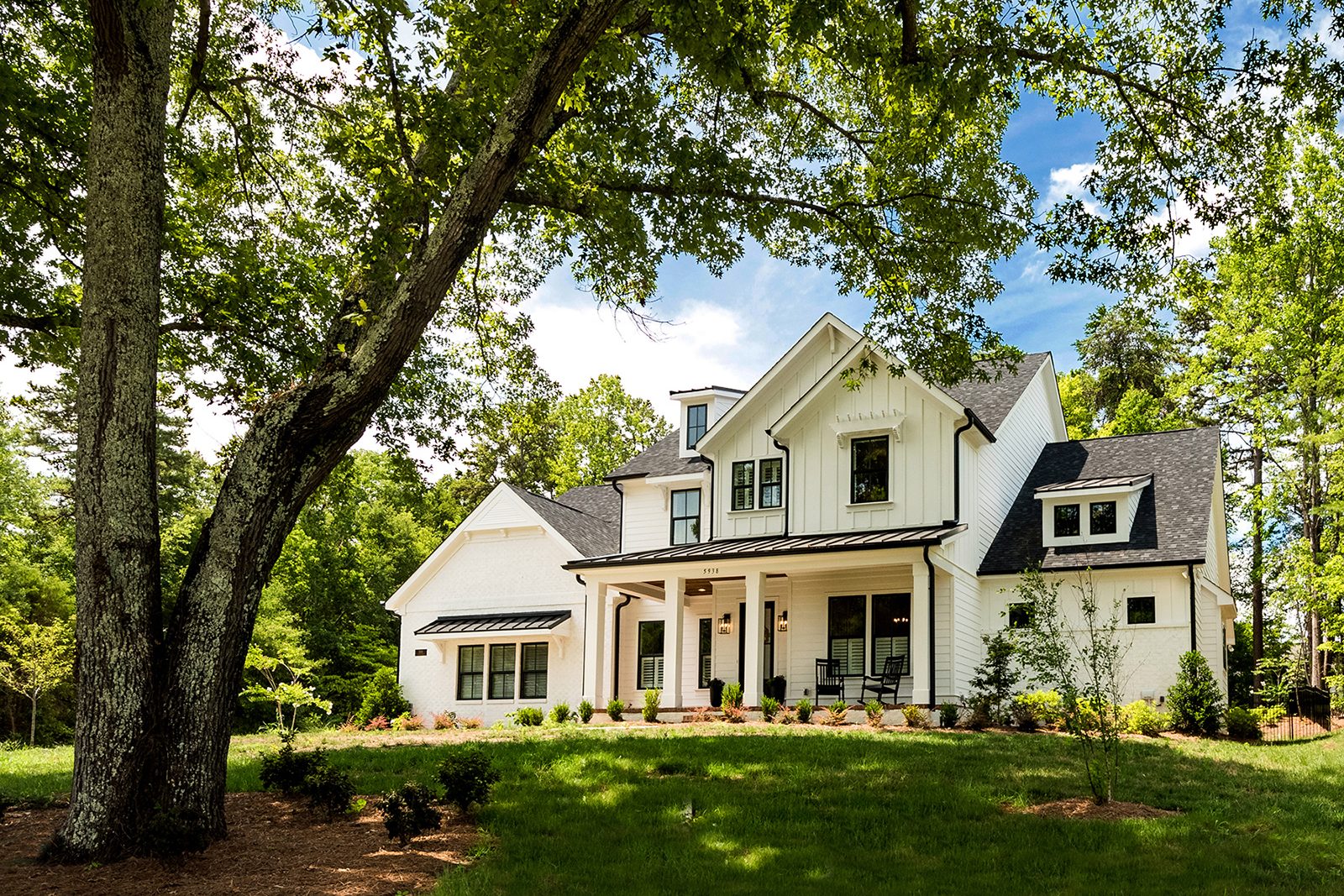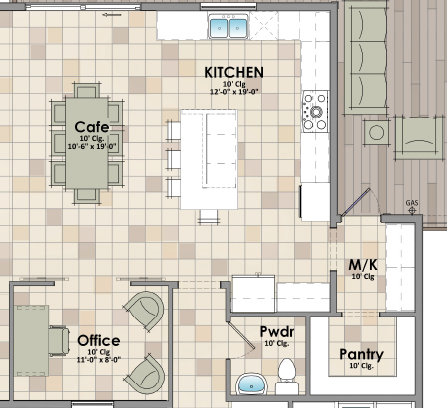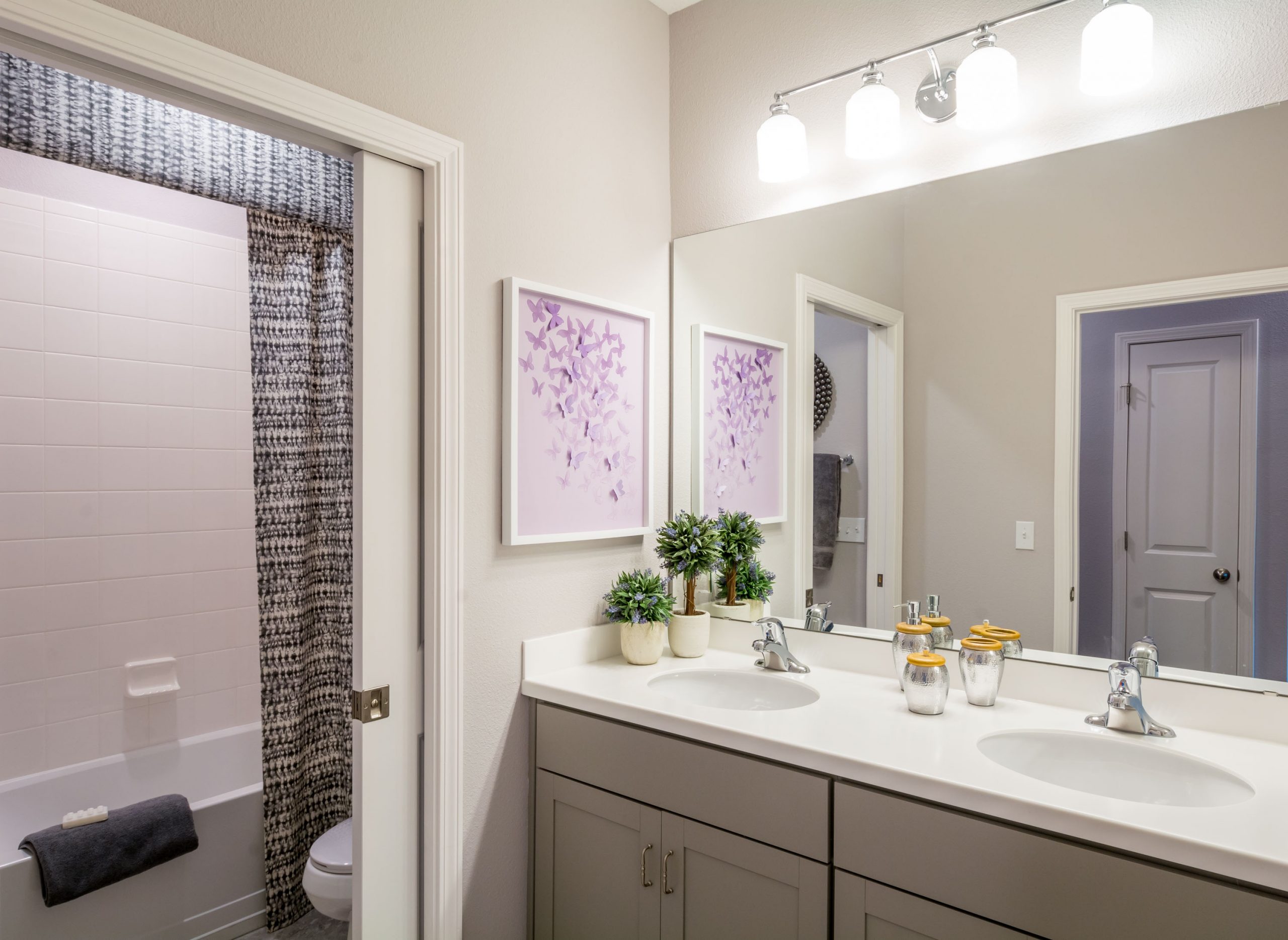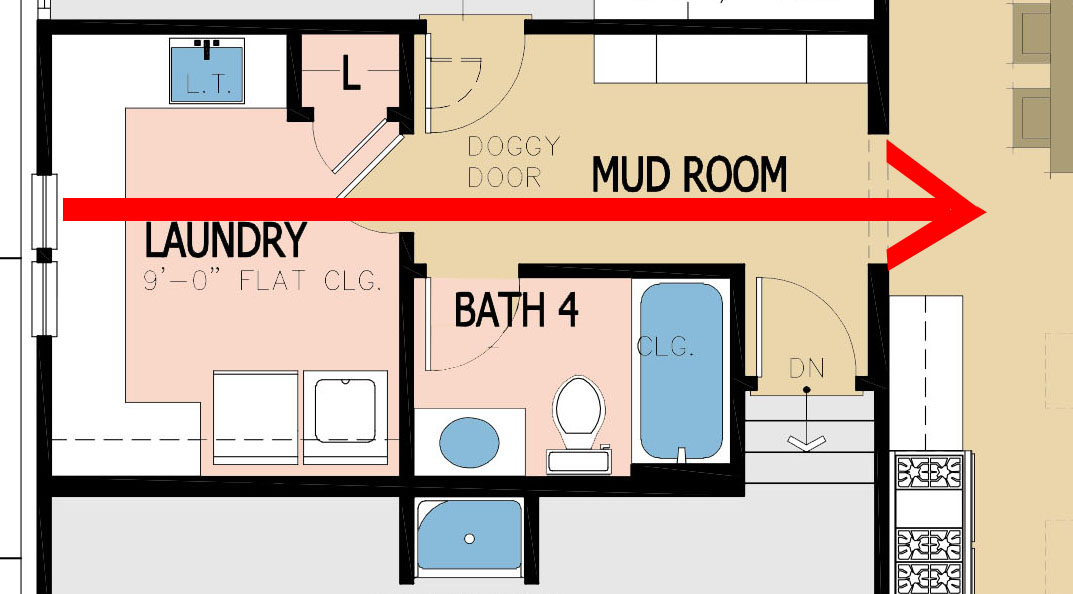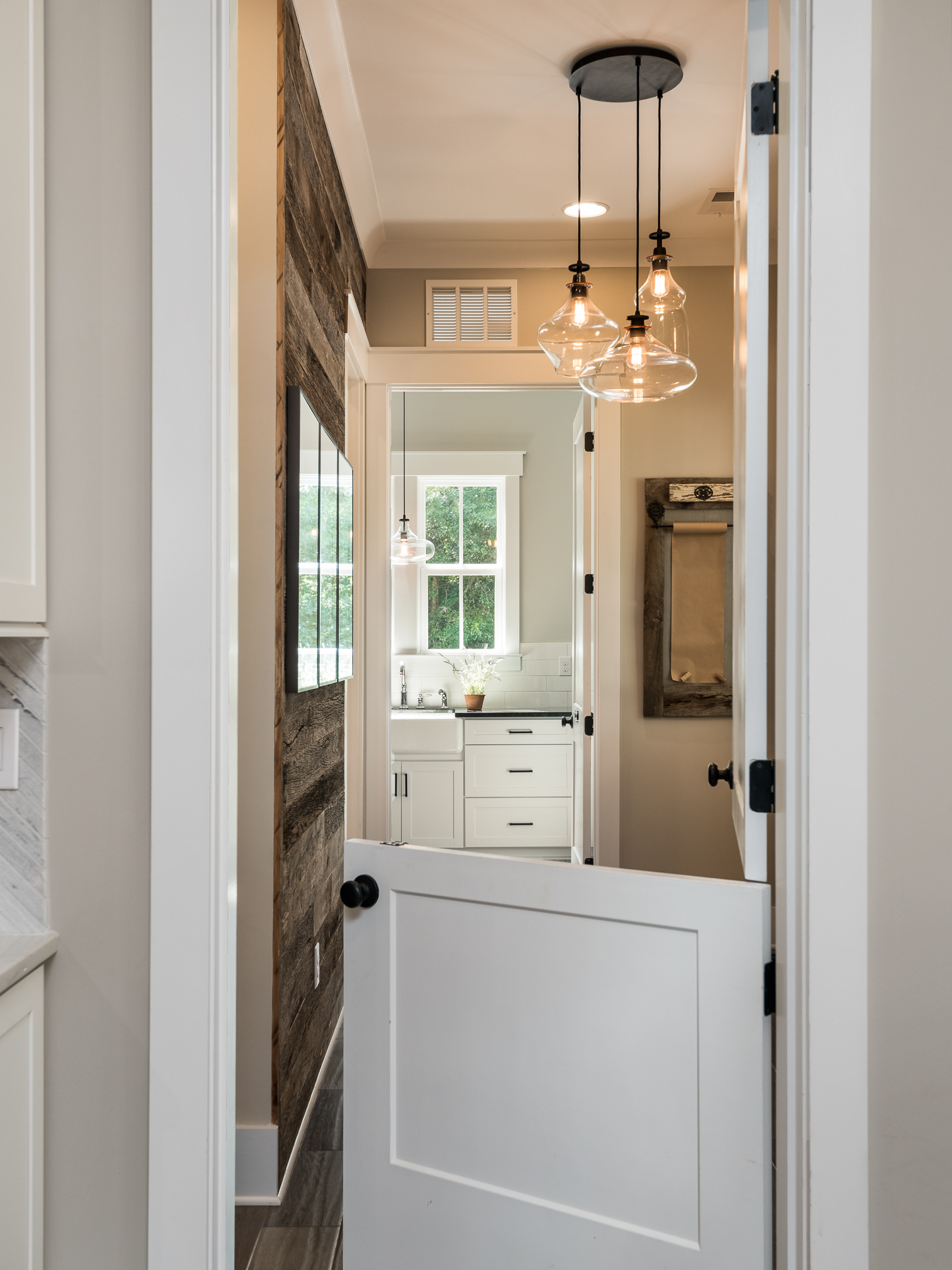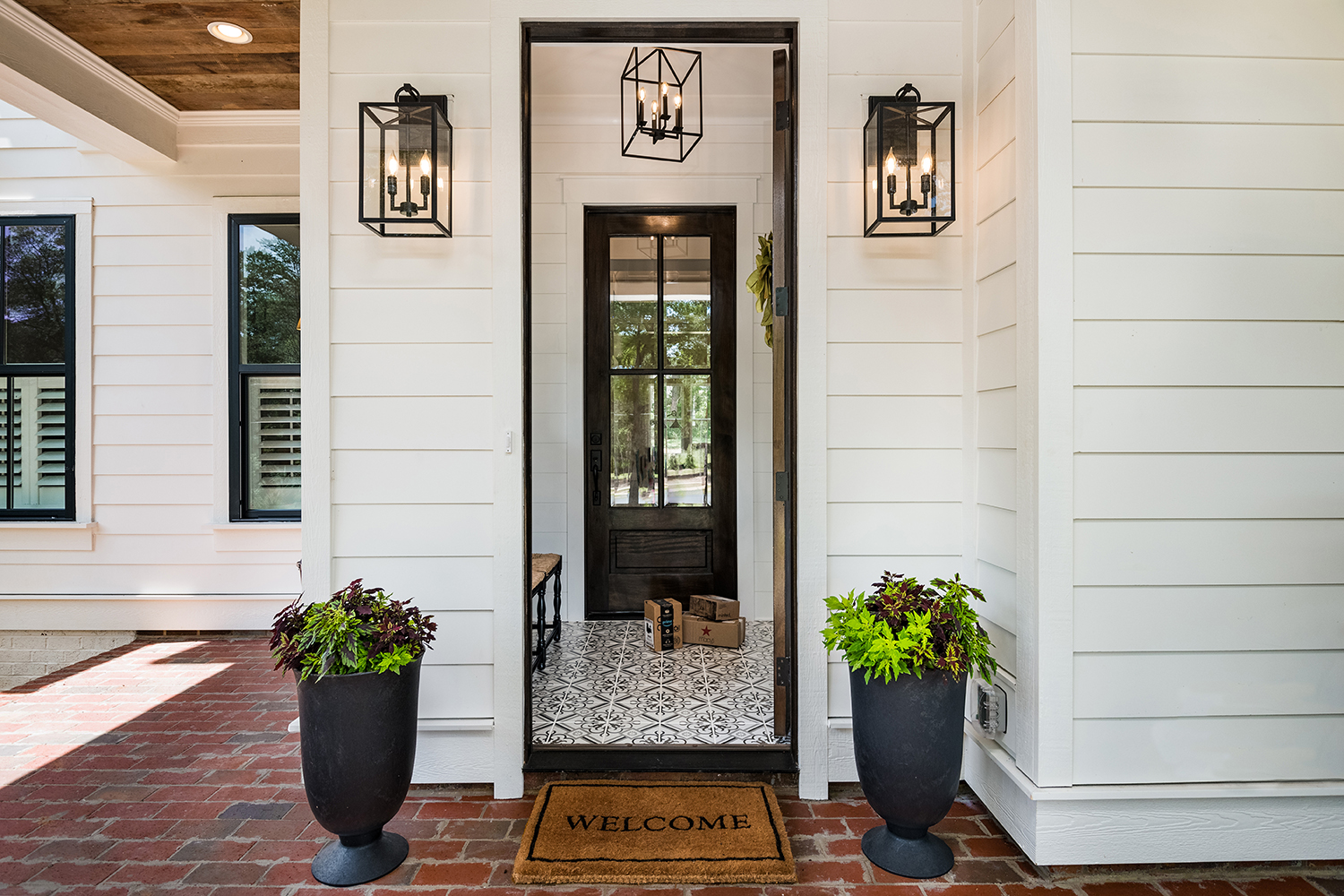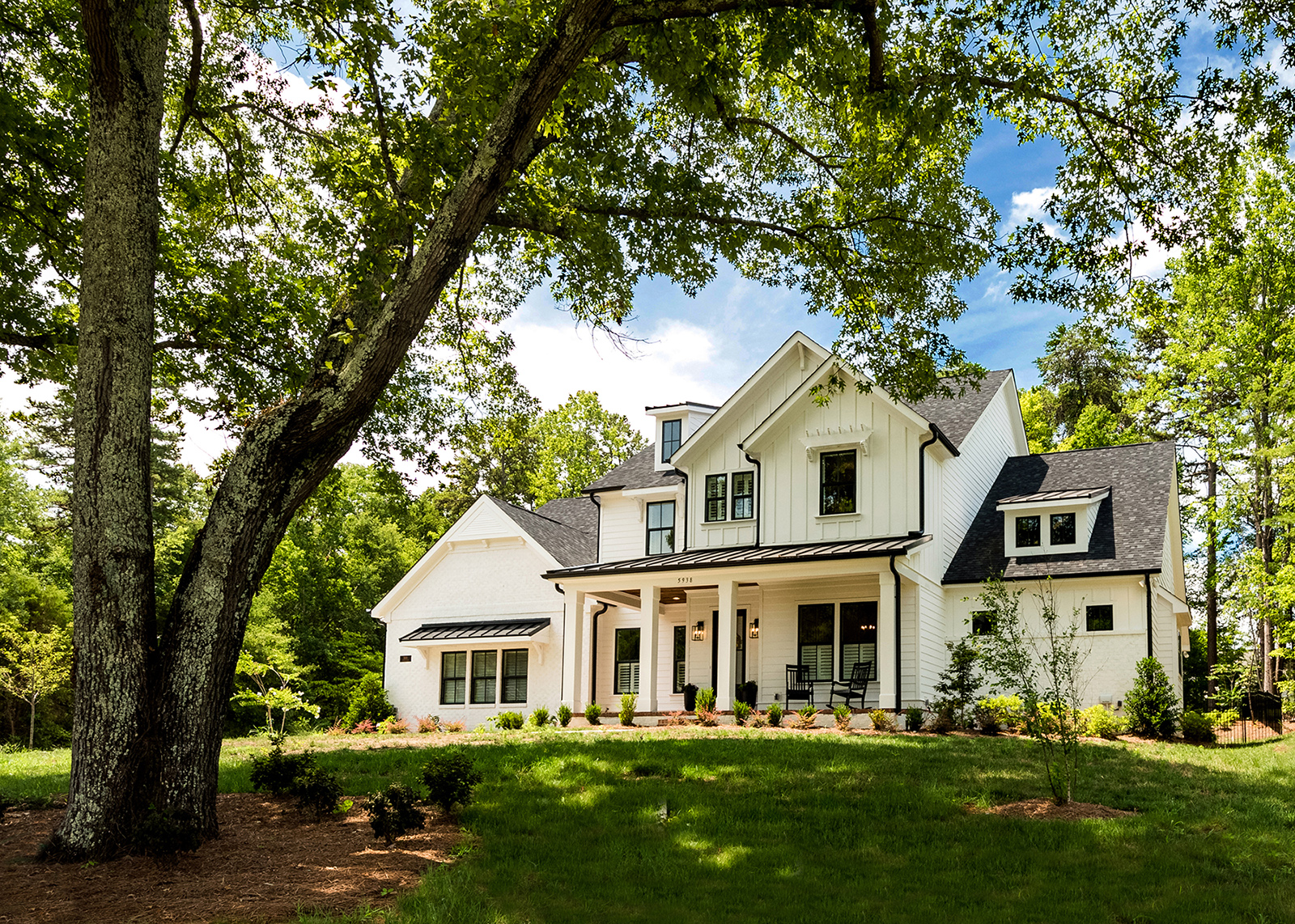Perhaps the real question is how do you assign a dollar amount to design? Every architect dreams of the unicorn client who understands the value of design and trusts you to make something spectacular – but if you ran your business on those clients alone, you’d be out of work in a hurry.
There are clients who are new to the idea of hiring an architect and don’t know what to expect. It’s somewhat understandable – you never hear about the cost of drawings on HGTV (I know my interior design friends can relate to that one). With unlimited access to Houzz, Architectural Digest, or simply the fact that they live in a house, everybody likes to see themselves as a designer to some extent – or they know a guy who works for AT&T and draws houses on nights and weekends (I heard his roof plans don’t work).
An Example
I recently heard of a buyer who had just purchased a $700,000 riverfront lot. Their budget for the house was one million. Sounds great! Their budget for a set of plans (at least they didn’t say blueprints)? Two thousand dollars… As fun as that sounded, I politely declined the opportunity. While I love the challenge of proving my worth to clients, it was immediately apparent that we were not the right fit.
No hard feelings, but it begs the question: What is the value of the design and construction documents for a home? I don’t believe putting a percentage of construction produces a reliable answer (though if you would like to spend 50% of your budget on drawings, give me a call!) As someone who designs houses for a living, I know I have the ability to space plan effectively (10 pounds in a 5-pound bag) by limiting circulation space, appropriate room relationships and right-sizing the rooms within a plan.
Understanding Scale
I also know I can visualize a two-dimensional plan as a three-dimensional place where families can grow and prosper. Floor plans are an artificial construct because no one actually views a house cut four feet off the floor with the roof taken off. The one area clients would struggle with when they brought my floor plans (back when I did custom homes) was understanding scale. How big should the master bedroom be? Can you squeeze a powder bath in that 3’ by 3’ spot? For clarity, the answer to that last one is categorically “No”.
Understanding How the Plan “Lives”
Are the bedrooms all bunched together, or split apart for acoustical privacy? Can the person cooking in the kitchen see the TV and feel connected to those gathered in the family room? Why is a compartmentalized bath better for families than the traditional Jack & Jill?
Plan Nuances
How about the plan nuances like the placement of windows so internal hallways get light from adjacent rooms? What about plumbing noises? Is the washer or toilet on a bed wall waking someone up every time the toilet is flushed, or the washer is running? These are all things that experienced designers know and do without a second thought.
But we also believe that house design should constantly be evolving and changing as our lives and technologies change. This was the impetus around the Daily Lifestyle Solutions; those additional rooms or spaces designed to make our busy lives easier or respond to a new normal like working from home or an increase in home deliveries.
Ah, but it has to look cute too. How the house looks from the street is an enormous source of pride. You can have a knockout floor plan, but it doesn’t matter if the exterior is ugly (just as a beautiful exterior is ruined by a nonsensical floor plan). Buyers tend to view their floor plans practically while elevations are viewed emotionally.
It’s Not Cheap, it’s Worth It!
When building a house, you are almost guaranteed to run into unexpected issues. A good architect will identify and solve these before the house is built and “unexpected issues” turn into “unexpected costs”.
When we are hired to design a house, we have the responsibility of making families’ lives better in an incredibly personal way, and this is not something we take lightly. Yes – Housing design matters and we keep working at making houses better. Even though we won’t be designing that house on the river, I wish I could convey to them the importance of design before they throw a million dollars of brick and mortar into something that could have been better.
Categorized in: Selling Floor Plans, Value Engineering, Value is Not a Dirty Word
This post was written by Housing Design Matters


